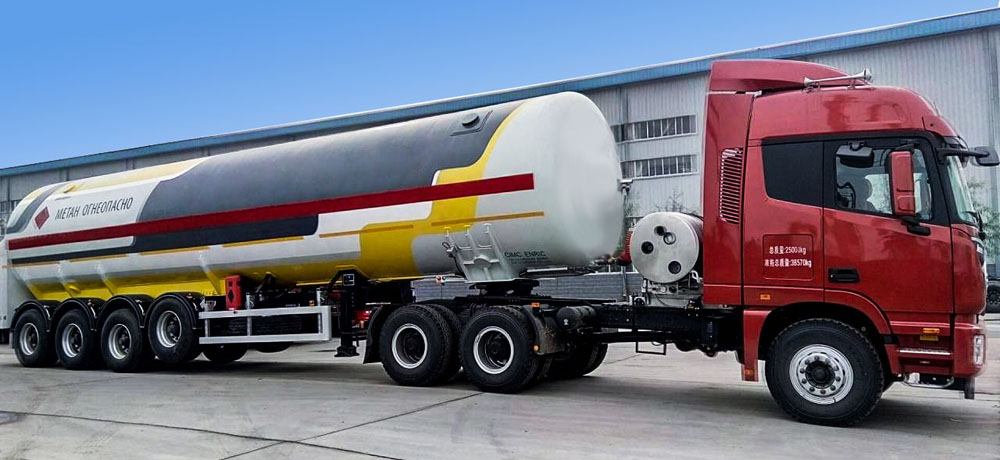Apr. 10, 2023
Electrical Equipment
The capacity of an LNG (Liquefied Natural Gas) tanker truck is an important consideration for companies that transport this valuable energy source from one location to another. LNG tanker trucks are designed to transport LNG in large quantities, safely and efficiently. The capacity of these trucks can vary depending on several factors, including the size of the truck, the type of tank, and the specific regulations in the region where it operates.

LNG tanker trucks are specialized vehicles that are designed to transport LNG in its liquid form. This requires that the truck be equipped with a tank that can maintain a very low temperature of around -260°F (-162°C). The tank must also be insulated to prevent heat transfer and keep the LNG in its liquid state during transport.
The capacity of an LNG tanker truck can range from 3,000 to 14,000 gallons (11,000 to 53,000 liters). However, the exact capacity of the truck will depend on several factors, such as the size of the tank, the design of the truck, and the specific regulations in the region where it operates.
Larger LNG tanker trucks tend to have a higher capacity, which allows for more LNG to be transported in a single trip. However, larger trucks also require larger and more expensive equipment for loading and unloading, which can affect the overall cost-effectiveness of the transport.
In addition to the size of the tanker truck, several other factors can affect the capacity and efficiency of the transport. These include the distance and route of the transport, the infrastructure and equipment used for loading and unloading the LNG, and the regulations and safety standards that govern LNG transport.
Further reading:
For example, the distance and route of the transport can affect the amount of LNG that can be transported in a single trip. Longer distances may require more frequent stops for refueling, which can affect the overall efficiency of the transport.
The infrastructure and equipment used for loading and unloading the LNG can also affect the capacity of the tanker truck. For example, if the loading terminal is not equipped to handle large tanker trucks, this can limit the size of the trucks that can be used for transport. Similarly, if the unloading terminal is not equipped to handle large volumes of LNG, this can also limit the capacity of the transport.
Finally, the regulations and safety standards that govern LNG transport can affect the capacity and efficiency of the transport. For example, some regions may have specific regulations that limit the size of LNG tanker trucks that can be used for transport. Other regions may require additional safety equipment or procedures to ensure that the transport is conducted safely and efficiently.

In conclusion, the capacity of an LNG tanker truck is an important consideration for companies that transport LNG from one location to another. The exact capacity of the truck will depend on several factors, including the size of the tank, the design of the truck, and the specific regulations in the region where it operates. Understanding these factors can help companies to transport LNG safely and efficiently, while maximizing the capacity of the tanker truck.
Further reading:Related Articles
If you are interested in sending in a Guest Blogger Submission,welcome to write for us!
All Comments ( 0 )